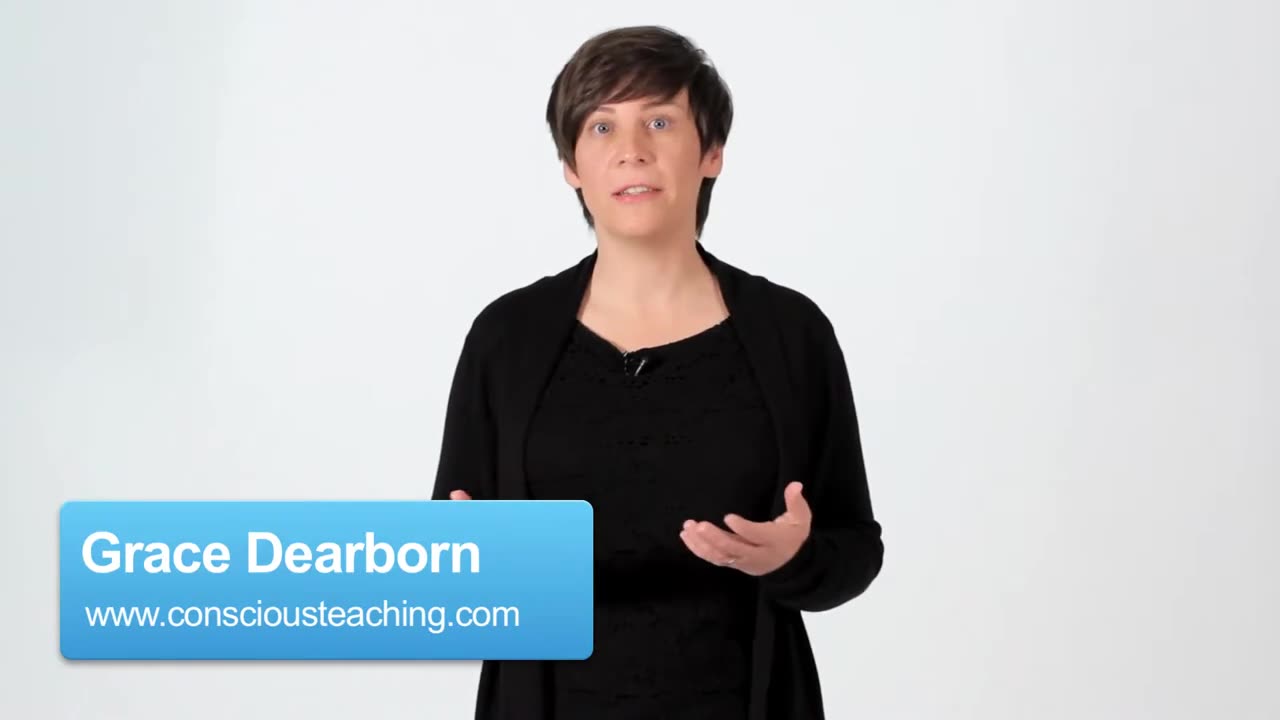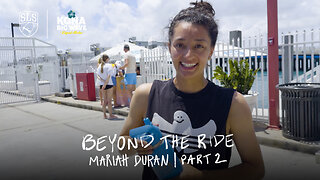Premium Only Content

3 Effective Teaching Strategies | Classroom Management
What are some effective teaching strategies? There are hundreds of effective teaching strategies, but if I had to narrow it down to just a couple, this is what I would say:
Get your students moving. Students want to move and really want to have our students up and out of their seats moving in some fashion every twenty to thirty minutes. Even if we're teaching High School, we want to have that kind of movement. There's a saying in education that when "the bum is numb, the brain is the same." So we need to get them out of their seats. And there's lots of different ways that you could do that, and some are really involved, and some are really simple. For example, if you're teaching, your students are working on something, maybe silently, or you're doing some kind of direct instruction and you noticed that fifteen minutes have gone by. You can just stop and say, "You know what students, it's been 15-20 minutes, we need to get the circulation flowing, stand up; do four cross laterals and sit back down." They stand up, "1-2-3-4" and they sit back down and that's it, and you move on with your instruction. That's movement, and that works.
You can do more involved things. Have them stand up, find a partner, talk for 47 seconds about something you were just talking about and then sit back down. Lots of ways to bring movement in but the more we do that the less our students act out, because really what they want to be doing is moving and talking. And we can make that legal for them, to move and talk in the classroom, they're much less likely than to be acting out throughout the lesson.
My second tip is get students talking more to each other, to you, just more of them and less of you. The students are hearing our voices way too much. And because they are hearing our voices way too much they are tuning us out. And then they're not hearing what we're saying, not hearing the instructions that we're giving. And really the brain processes information by talking it out with somebody else. So if you're the person doing all the talking in the class then your brain is the one that's going to get heavier, not the students.
My current research in education indicates that at the elementary level, in an average elementary school classrooms, 80% of the talk happening in the classroom is happening from the teacher. That means the teacher's brain is getting heavier, not the students. So we want to shift that, have kids talking to each other all the time.
This is: You give your instruction, turn to a partner, and repeat the instructions to your partner. Have the students work silently in pairs of groups on something and then have them talk about the process of working in the group. If you're lecturing them, or doing direct instruction, pause every 7-10 minutes. Have them turn and talk about or do something with the information you are giving them. Draw a picture that represents what I was just talking about, or write a summary, or write down, or share out loud two questions you have about what I was just talking about. Something though that you are not the person talking for more than 10 minutes at a time, and that they have an opportunity to work with and massage and process that information.
My third tip is get everybody 100% on task. When you are giving instructions, when you are asking questions, when you are doing class discussions, a lot of what I see in the classroom related to engagement is teachers asking a question or posing a question to their class and then they get a few hands raised, and they call on the same five hands over and over and over again. Which means those five kids are really getting the information, and that's great, but those are not the only five kids who are supposed to be getting the information. So how do we bring 100% engagement? Don't take volunteers. That's my #1 idea. Call on students randomly. Even better, have everybody write down a possible answer. Maybe use little whiteboards, hold up their answers so that you could see 100% of students attempted to answer the question that you asked. It can be really fast, they erase it and you move on. The more you can bring 100% engagement where 100% of students have to answer a question or talk about what you asked them
how to teach,classroom management,classroom management strategies,class management,disruptive classroom,establishing classroom rules,howcast,effective teaching strategies,classroom manadements,some effective teaching strategies,how to manage students,giving students instructions,making students active in class room,students here our voices,educations elementary level,average elementory schools,3 Effective Teaching Strategies,| Classroom Management
-
 2:56
2:56
Page Six
5 days agoRoyals Recap: Latest on Meghan Markle including her feeling 'incredibly lonely' while running a business
27.5K7 -
 8:40
8:40
New York Post Sports
14 hours agoVegas releases betting odds for Knicks' head coach candidates
25.4K3 -
 LIVE
LIVE
EuphioniaStudio
9 hours ago $2.60 earnedFollow that Tower, like Moths to a Flame! | The Legend of Zelda: Tears of the Kingdom
459 watching -
 3:40:50
3:40:50
Diony5usgaming
3 hours agoDiony komidi zeigan +iamnibz + wolfblade
12.4K3 -
 20:20
20:20
Anthony Pompliano
14 hours ago $16.33 earnedWhy Smart Money Is Going All In On Bitcoin
36.5K3 -
 14:10
14:10
Dr. Nick Zyrowski
2 months agoThe AMAZING Health Benefits of NAC ( N-Acetyl Cysteine)
31K18 -
 5:14
5:14
Gamazda
1 month ago $6.42 earnedWhat Happens When You Mix Piano & Xylophone? Canon in D Like Magic!
34.7K44 -
 13:54
13:54
Mama to Five
17 hours ago $2.98 earnedWHAT I EAT IN A DAY! | FULL DAY OF MEALS AS A MOM OF 5
31.8K6 -
 1:01:18
1:01:18
Futures Edge: Finance Unfiltered with Jim Iuorio and Bob Iaccino
1 day ago $22.41 earnedLIVE Technical Analysis with Mike Arnold
82K3 -
 4:56
4:56
SLS - Street League Skateboarding
6 days agoDay in the Life of Pro Skateboarder Mariah Duran | Part 2
27.9K4